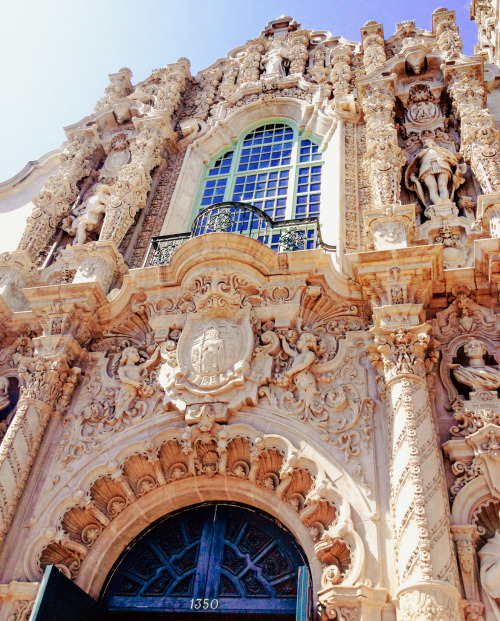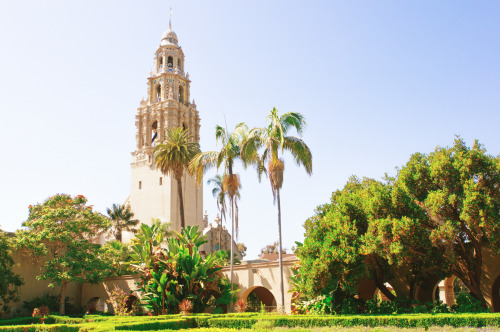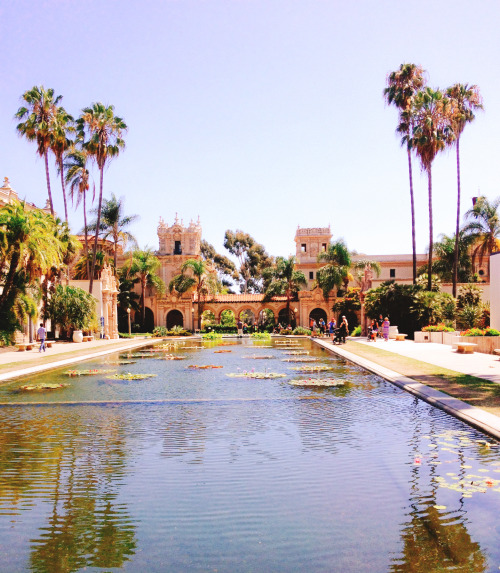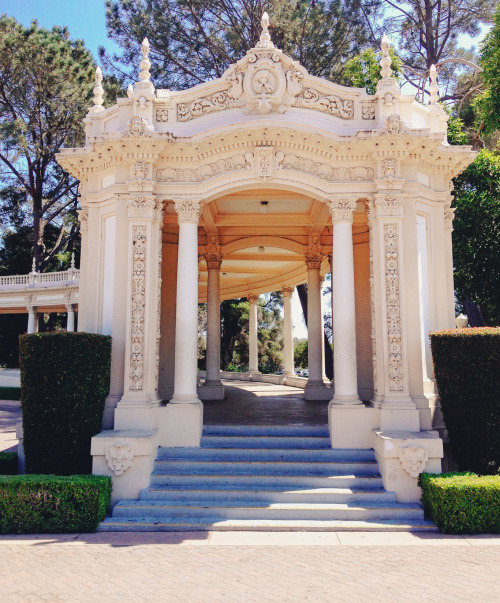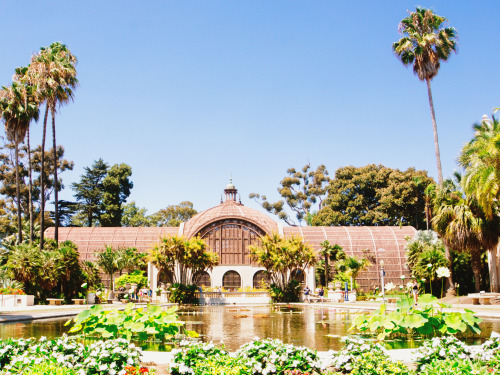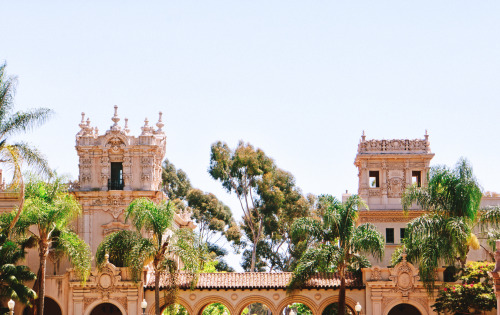Balboa Park - San Diego - California
—
The first thing you will notice about Southern California is the light.
The sunlight seems to be involved in a lingering conversation with the ocean and the cities that dot the coast. It’s as if the sun, ocean, and coastal cities are constantly hanging on the ends of each other’s sentences.
San Diego is definitely a part of this ongoing dialogue. It’s a city that revels in its proximity to the ocean and is steeped in history. After all, San Diego is the first place that Europeans visited on the west coast. In the mid 1500s, Spanish colonists claimed the area for Spain and 200 years later, the settlement of Alta California was formed based on this early colonial foundation. San Diego became a part of the United States in 1850 after 30 years of being part of Mexico.*
Balboa Park was first known as City Park. It was created in the 1860s and was renamed Balboa Park in 1910. It is named after Vasco Nuñez de Balboa, the first European to spot the Pacific Ocean.
The day I visited Balboa Park was the same day I had to depart on a plane back to New York City. Normally, I like to control when I visit notable places since I am always thinking about light and photography. Mid-day light is not the best light to capture the nuances of a place.
The hour prior to sunset/sunrise and the hour after sunset/sunrise are the times of day when the earth seems to be involved in an elaborate performance with the sun and moon. This is usually when cityscapes and architecture sing their arias.
However, it was almost perfect that I first laid eyes on the marvelous architecture in Balboa Park in the blinding mid-day light. The sun rays poured over the massive buildings and illuminated the ornate decoration in the way that only Southern California can deliver with its direct line of communication with the sun.
As the sun bleached the magnificent structures with bright light illuminating the lush flora that covers the nearly 1200 acres of space that Balboa Park occupies, I couldn’t help but feel like this was the same sort of light that the first inhabitants enjoyed.
While I didn’t have a lot of time to spend in Balboa Park when I was there, I did enjoy what little I saw there. The buildings in this photo-set include: San Diego’s Musuem of Man, Casa de Balboa, and the Botanical Building.
San Diego’s Musuem of Man is a building that is an ode to a variety of architectural styles (Plateresque, Baroque, Churrigueresque, and Rococo) while also being the home to an extensive collection materials dating back to the pre-Columbian history of the western Americas, with materials from the Native American cultures of the Southern California region, and the Maya. It was also the building used by Orson Welles as one of the main features of the fictional estate in Citizen Kane.
I recommend taking the time to spend exploring Balboa Park. I could have easily spent two days just exploring the museums in the park. There are also many beautiful gardens to explore.
And if you find yourself in Southern California, I dare you to not be enraptured by the ongoing conversation between the sunlight, ocean, and coastal cities. It’s an unforgettable conversation.
—-
*As with all colonial history, the native inhabitants were displaced suffering land loss due to war and colonial sprawl. The , whose rich history may date back as far as 12,000 years in the San Diego area, are the original inhabitants of San Diego. They currently inhabit 13 different reservations in the area.
—
Interested in seeing larger versions of these photos? Feel free to check out the entire set here:
—
** These photos were taken using the Sony NEX-6 and my iPhone 4S. If you are curious about the photo gear I use, feel free to check out what I have to say about the gear I use .
—
View: , , , , or .

